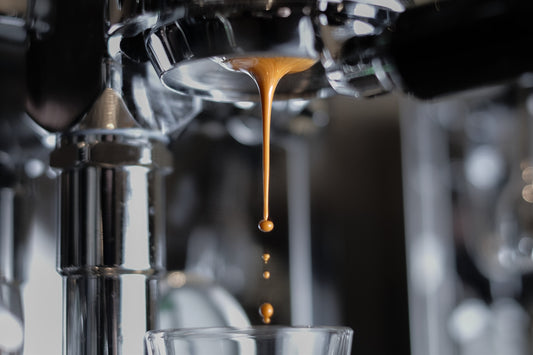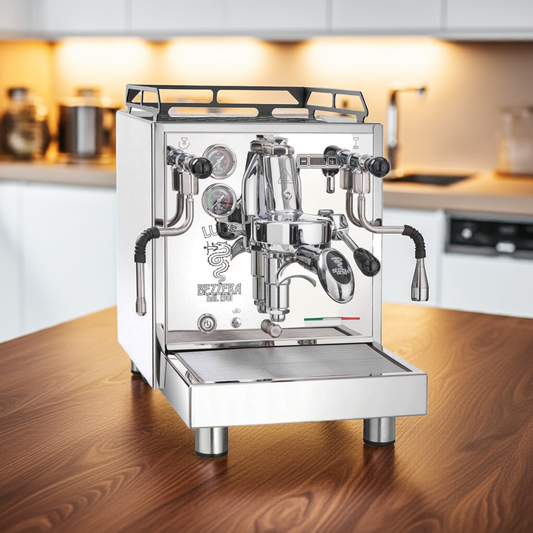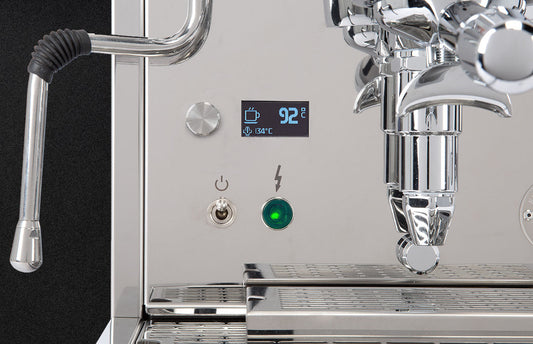History of an innovation
Groundbreaking developments that last virtually untouched for decades are rare. The development of espresso technology can be roughly divided into three eras. Luigi Bezzera began with his patent for a steam-pressure brewing system, first publicly presented and marketed in 1901.
The huge, towering boilers were instrumental in the technology and design of the following two decades. It wasn't until 1938 that Milanese barista Giovanni Achille Gaggia pioneered a new dimension in espresso preparation with his development of a brewing group based on a piston system. For the first time, it was possible to serve espresso with a consistent crema in a short time. Initially, Gaggia operated his system only in his own bar in Milan. It wasn't until 1948 that the Gaggia company was founded and, within a few years, was selling machines all over the world. In the 1950s, springs were added to the piston system, eliminating the need for the barista to stand at the machine during the entire brewing process. Since technology didn't advance significantly, manufacturers outdid each other with increasingly elaborate sheet metal work. Many sheet metal workers worked in aircraft construction during the war and were masters of their craft. Models like FAEMA's Marte are testaments to this era.
The turning point came in the early 1960s. Ernesto Valente, the engineer and later co-founder of VBM, developed a machine for FAEMA that would change everything. For the first time, the pressure for brewing coffee was no longer generated mechanically, but by an electric pump. Part of the new development also included a separate system for coffee and steam, using a heat exchanger integrated into the boiler. The first machine to feature the new system was named Eclisse 1961, after the solar eclipse that occurred the year it was introduced. The legendary FAEMA E61 was born, and with it, the new dual-circuit machine type.
The E61 brewing group in detail
A crucial component for making the perfect espresso is the brewing group. There are currently around a dozen different models on the domestic coffee machine market. By far the most commonly used is the E61 group, originally developed by FAEMA. Reason enough to take a closer look.




